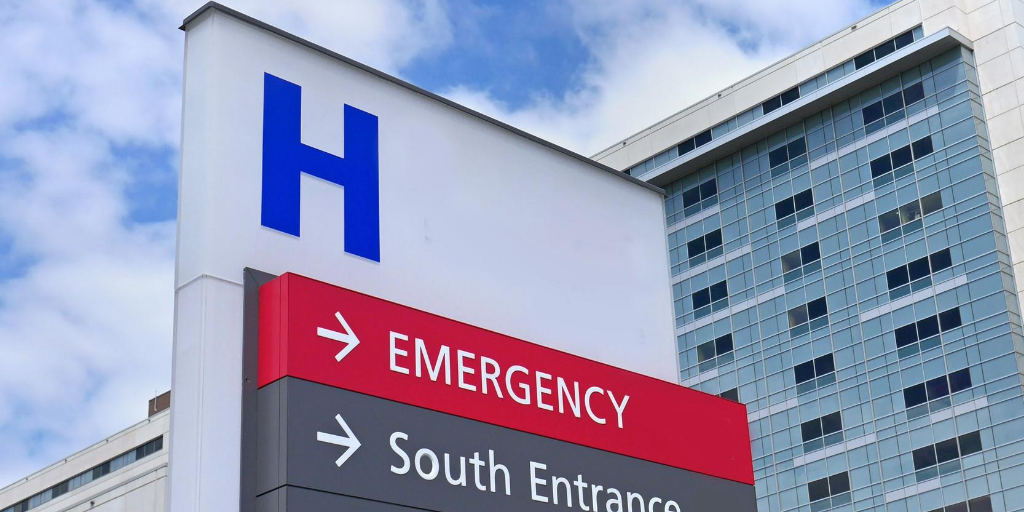By Lynn A. Kirshbaum, Senior Associate at DGA and Deputy Director of DGA client, the Combined Heat and Power Alliance
Tomorrow, September 4, is World Cogeneration Day, celebrating the first cogeneration plant at Pearl Street Station in New York City. The plant began generating electricity in 1882, serving an initial load of 400 lamps for 82 customers. Since then, cogeneration plants, also known as combined heat and power (CHP) systems, have proliferated throughout the world, providing electric and thermal energy efficiently, reliably, and with lower emissions than conventional power plants.
In 2020, the need for reliable power and thermal energy is evident as we face the COVID-19 pandemic. Reliable power is essential for hospitals and nursing homes to safely serve patients, but growing threats of long-term grid outages challenge this mission. Dangerous weather events are increasingly frequent across the U.S. and wreak havoc on communities and the economy. In April, at least 30 people were killed and approximately 750,000 customers were left without power across the South and Mid-Atlantic after a series of violent storms and tornadoes. Last October, Pacific Gas & Electric Co. cut power to 730,000 California customers across 34 counties to reduce wildfire risks. While some had their power restored within 24 hours, nearly 600,000 customers waited multiple days before their electricity came back online.
While we know that resilient medical facilities are essential at any time, the COVID-19 pandemic highlights the importance of emergency preparedness in hospitals and nursing homes. In order to continuously provide lifesaving services, these facilities require reliable and affordable energy resources. Over 200 hospitals and more than 175 nursing homes in the U.S. installed CHP systems as of 2018, equating to 752 MW of capacity. However, the U.S. Department of Energy finds that there is still 8,889 MW of CHP technical potential at hospitals and nursing homes across the U.S., illustrating the opportunity for future CHP deployment.
CHP generation systems are a reliable energy resource for hospitals and nursing homes during grid outages. Electric grid failures during natural or manmade disasters, could jeopardize the well-being of patients at hospitals and nursing homes, and these facilities may also experience costly damages to delicate machinery and equipment that are required to provide necessary medical services. During a grid outage, CHP systems can function in “island mode,” automatically separating a healthcare facility from the grid and providing it with consistent power and thermal energy. CHP systems can also be set up as part of a microgrid, serving a hospital campus made up of multiple buildings, or serving a healthcare facility and other buildings in its surrounding community. Functioning with a CHP system allows healthcare facilities to continue regular operations when the rest of the grid is without power.
There are numerous examples of successful system resilience and reliability at hospitals and nursing homes with CHP systems during grid outages and emergency events. During and after Superstorm Sandy in the northeast United States, numerous facilities with CHP systems were able to remain operational. For example, South Oaks Hospital in New York was able to provide critical services for two weeks relying solely on its CHP system and admitted displaced patients, offered refrigeration of vital medicines to those who had lost power, and welcomed the local community to recharge phones and electronic devices at its facility.
In Houston, the Texas Medical Center—the largest medical center in the world—uses a 48 megawatt (MW) CHP system that supplies 100 percent of their electricity needs. During Hurricane Harvey, the Medical Center was able to continue providing life-saving services because CHP sustained its air conditioning, refrigeration, heating, sterilization, laundry, and hot water needs throughout the storm.
On this World Cogeneration Day, we thank all of the front-line workers – first responders, healthcare professionals and staff, grocery and food service workers, delivery personnel, and others who work to keep us all healthy and safe – including those working behind-the-scenes to keep the lights on.
To learn more about CHP’s ability to support critical infrastructure and its role as a climate solution, join DGA client, the Combined Heat and Power Alliance, for their virtual summit, The Role of CHP in a Low-Carbon Future, on September 14-16.
